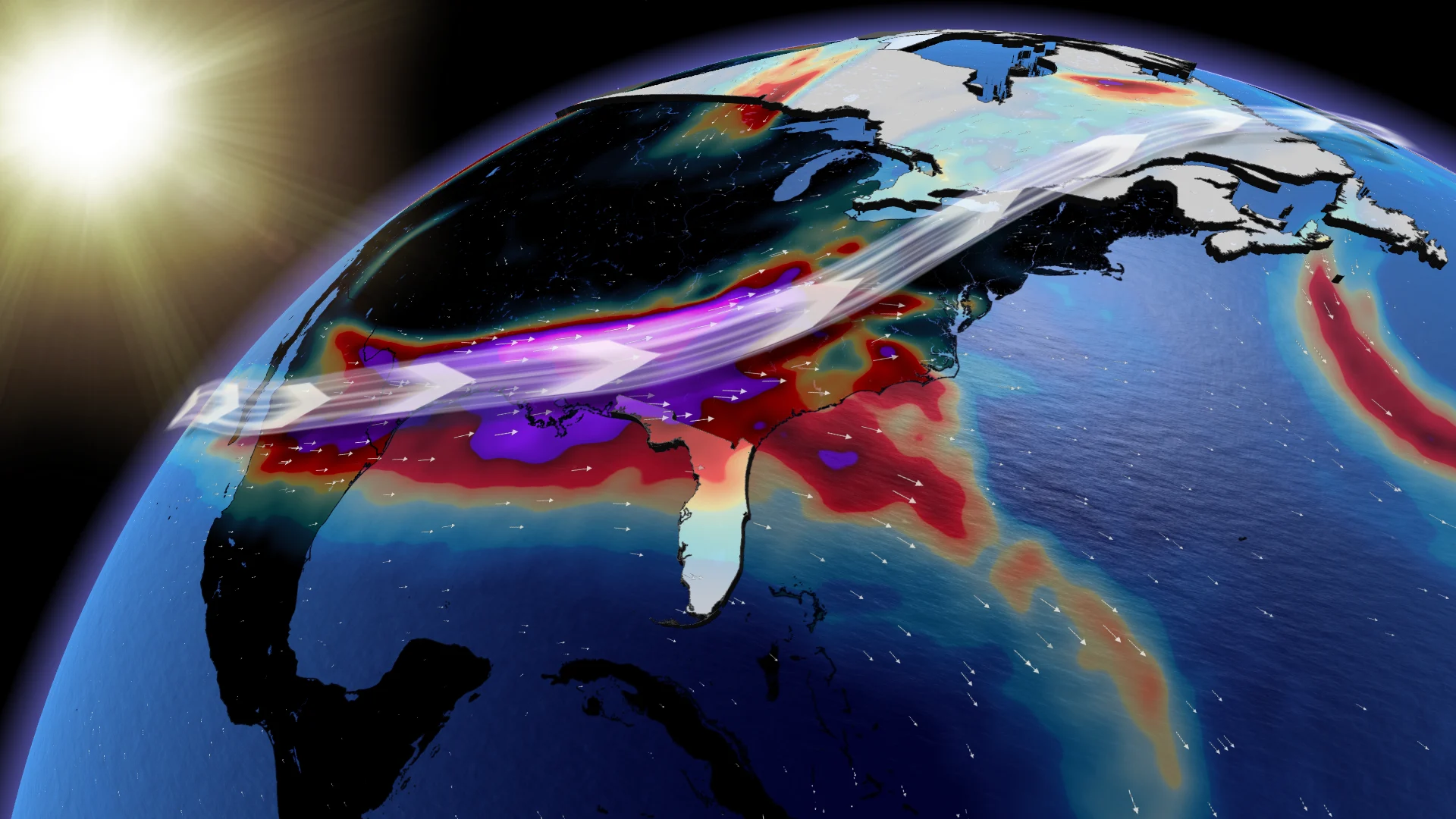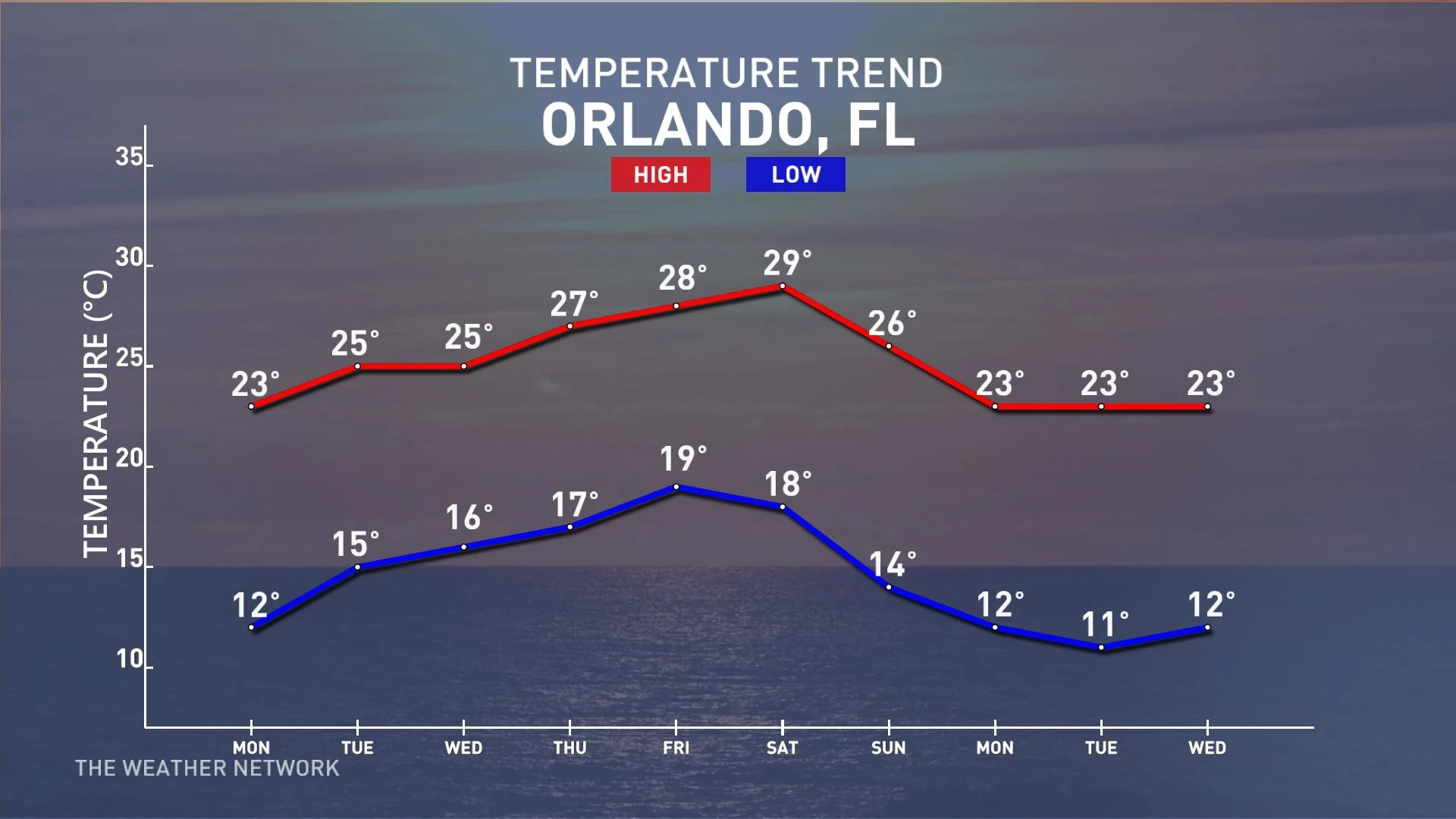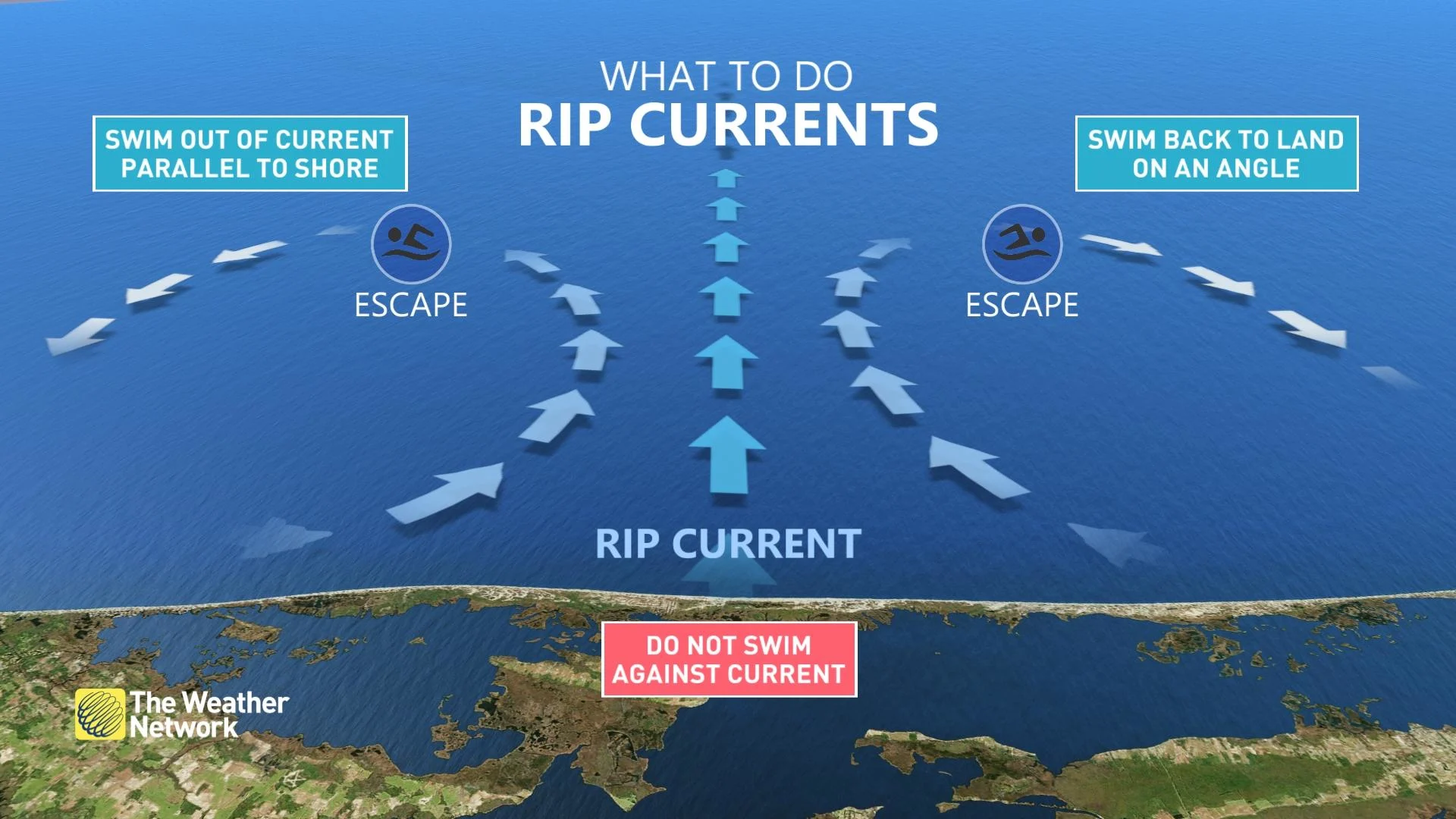
Florida sunshine may turn stormy for some March break travellers
Heading down south for a quick getaway soon? Expect an active pattern to wash across Florida at times through the middle of March
We’re in the swing of spring break season across North America. Thousands of Canadians will soon escape the mid-March gloom and head to the sunny shores of the Sunshine State over the next couple of weeks.
Warmer temperatures and tropical humidity are a welcome treat after the winter months—and that comfortably unstable air comes at a cost.
An active pattern will bring several opportunities for stormy weather to swing across Florida through the middle of the month.
Every day won’t be a washout, and some areas will have it much better than others. But folks looking for rest and relaxation may have to dodge the occasional rainy afternoon or feisty thunderstorm.

DON’T MISS: Atlantic ‘hurricane alley’ sees ominous mid-July heat in February
While Florida is usually the one corner of North America that’s safe from winter’s grips, even this protected cove of paradise can’t escape El Niño’s influence.
An active storm track allowed one storm after another to roll across the region, which helped vault Florida to 150-200 percent of its normal rainfall since the beginning of December. That pattern hasn’t slowed down much as winter morphs to spring.
Active pattern continues heading into March
After an occasionally stormy weekend for the Sunshine State, visitors will enjoy calmer and more comfortable conditions as lower humidity dives into the region for the first half of the week.

We’ll see an active pattern return heading into the middle of the month. Muggy daytime highs in the lower 30s will spread over much of Florida heading into the latter half of next week and the following weekend, possibly followed by another big cooldown.
Several disturbances moving through the region could trigger heavy showers and thunderstorms in this unstable air, especially across the Panhandle and down toward Orlando and Tampa.
Folks across South Florida around Miami and Fort Lauderdale will likely see calmer conditions with hit-or-miss storms at times.

MUST SEE: ‘This is a tornado emergency’: How forecasters warn of grave danger
Spring is the heart of severe weather season in the southern U.S. Take a look at your smartphone and make sure emergency alerts are turned on for tornado warnings. This simple feature, which works both in Canada and the U.S., can provide critical warning ahead of dangerous storms.
Whether you’re in Canada or south of the border, your latest weather forecasts and severe weather alerts are only a tap away through The Weather Network app. Ensure you set the app to provide information for your current location before you hit the road.
Rip currents are the biggest threat to your safety
The biggest natural danger any visitor to Florida is most likely to encounter is a rip current.
These strong currents don’t pull you under like they show in the movies. Rip currents pull straight out from the beach, often catching swimmers off-guard as they find themselves quickly moving away from shore.
Rip currents present as calm patches of water amid otherwise rough surf, making these dangerous spots attractive for unknowing swimmers.

STAY SAFE: What to do if you get caught in a rip current
Rip current deaths are almost entirely preventable. Never swim when a red flag is present. Never venture into the water when no lifeguard is on duty.
It’s nearly impossible for even the strongest swimmer to overpower a rip current. Most drowning deaths in rip currents occur when folks exhaust their energy trying to fight against the flow.
If you’re ever caught in a rip current, swim parallel to the shore until the water stops pulling you out to sea. Once you’re clear of the current, you should be able to swim back to shore. If you can’t swim, tread water and calmly signal for help.
